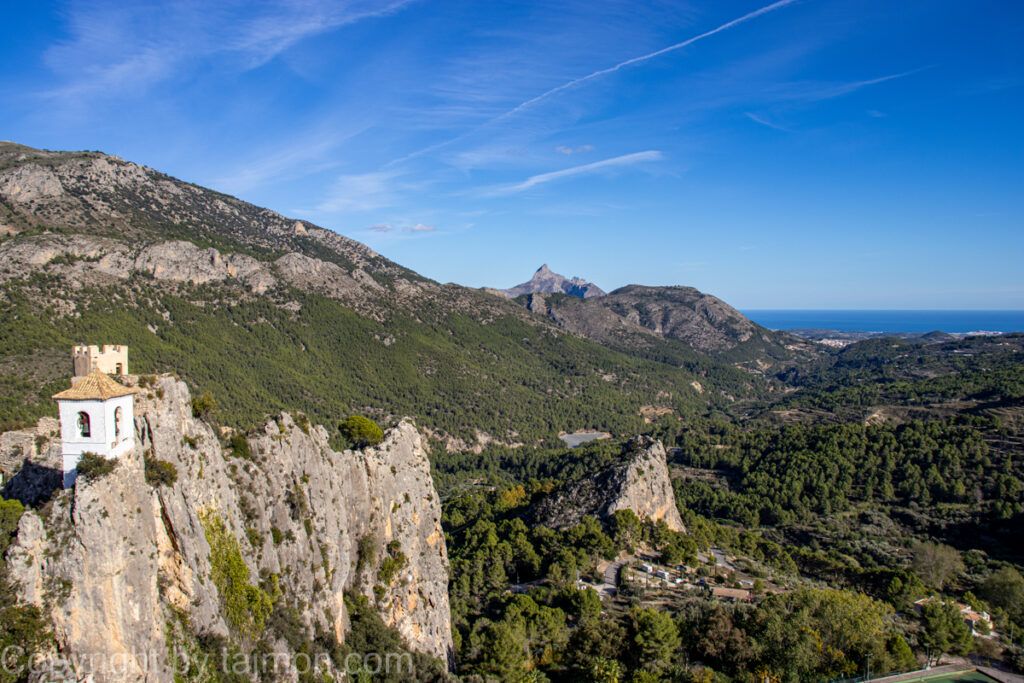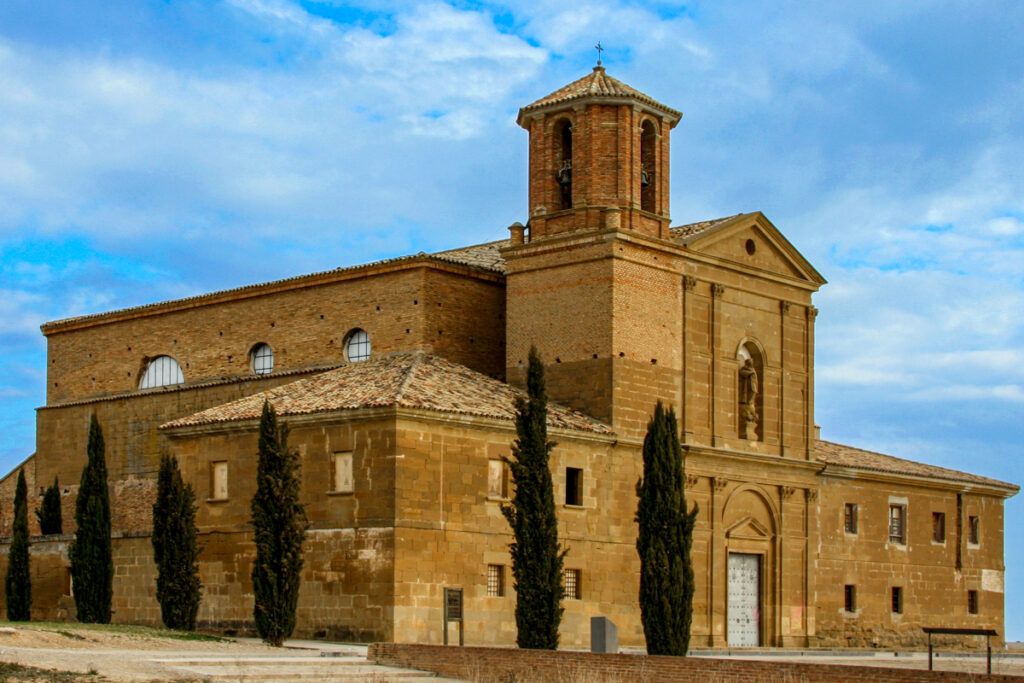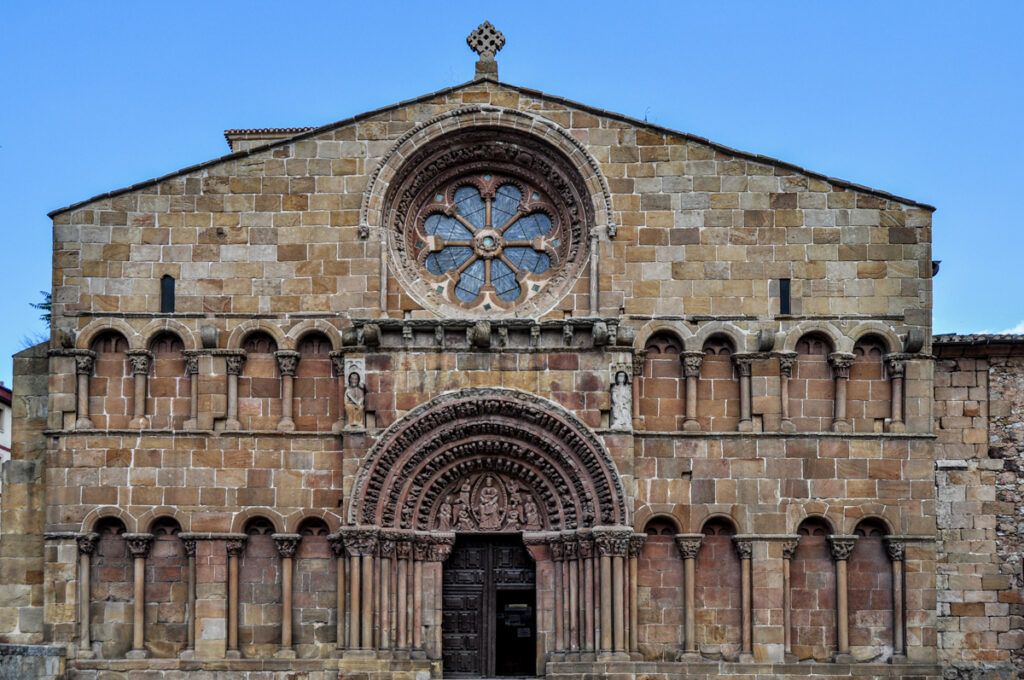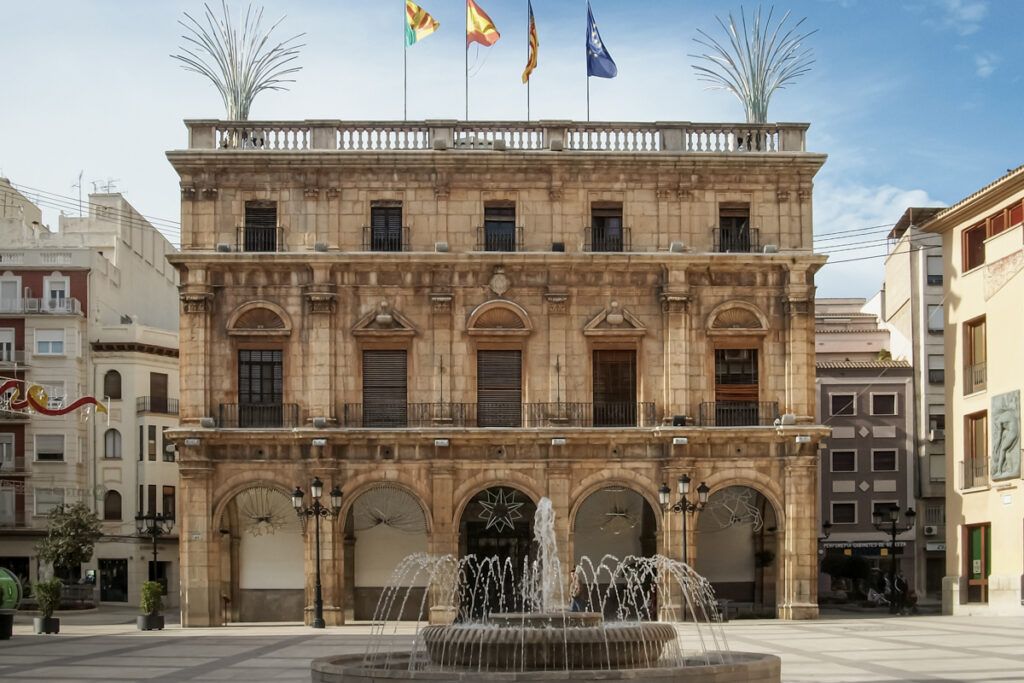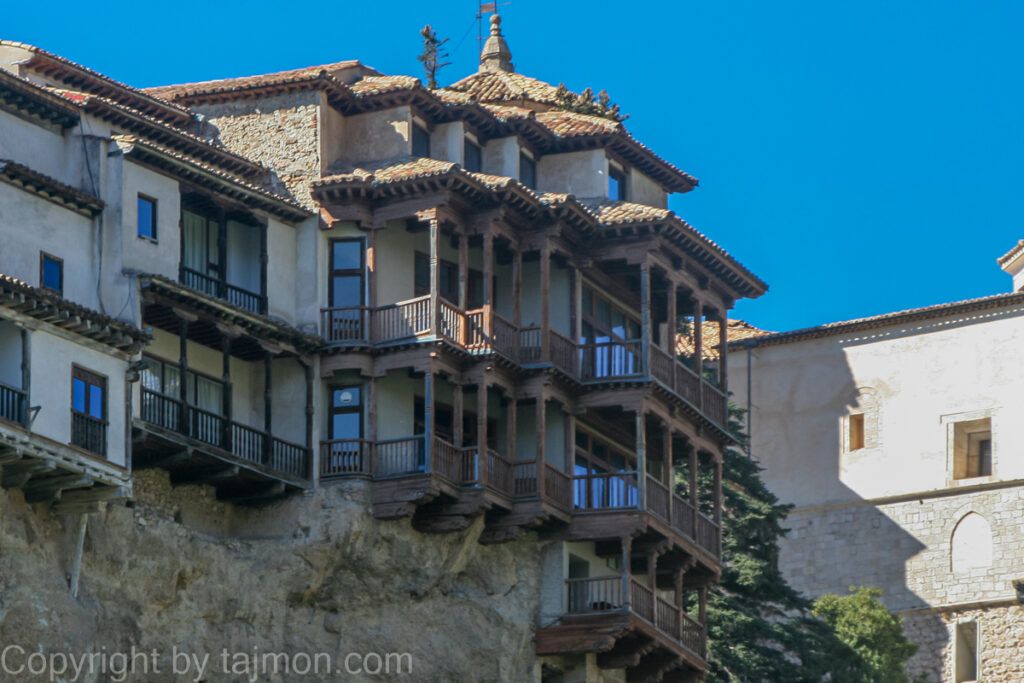Historical-Medieval Museum – Torture Museum
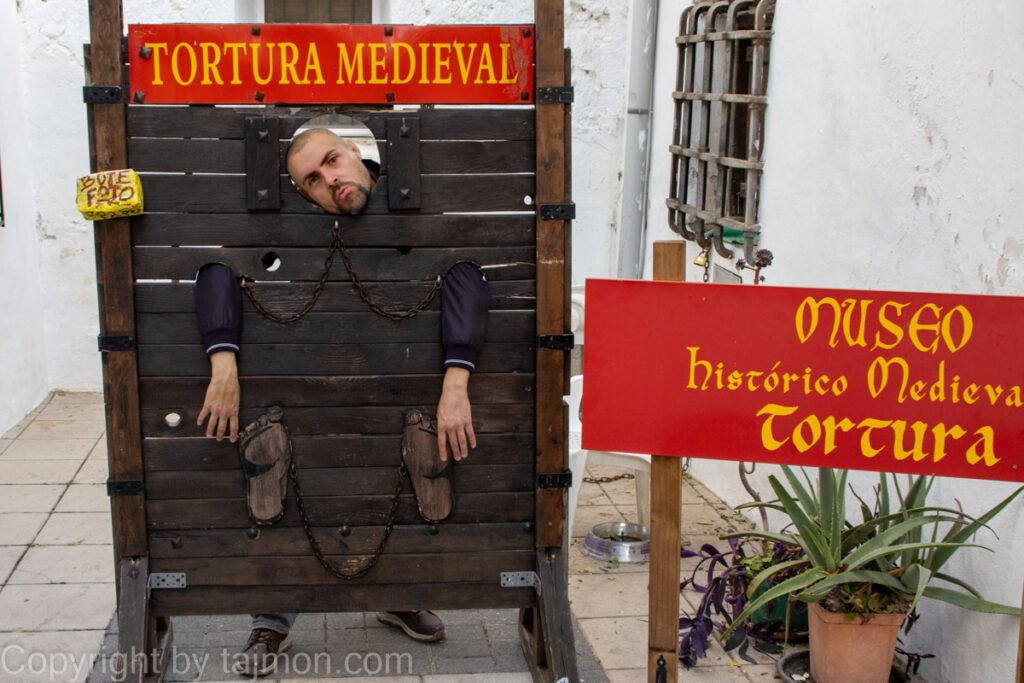
The Historical-Medieval Museum – Torture Museum presents over 70 exhibits that illustrate the methods of torture and execution used in the Middle Ages and modern times. Here you can see:
-
- Bone-breaking tools, such as a spiked ball, torture wheel, knee breaker, or rib breaker. These cruel devices were used to destroy the victim’s body and spirit, causing unbearable pain and permanent disability.
- Pain-inflicting tools, such as a pear of anguish, tongs, hook, spike, or iron gloves. These sadistic tools were used to torment the victim, tearing out their teeth, nails, hair, nipples, tongue, or genitals.
- Mutilation tools, such as scissors, a nose-cutting knife, a tongue-cutting knife, or an ear-cutting knife. These brutal tools were used to mark the victim, depriving them of parts of their body, dignity, and identity.
- Killing tools, such as a guillotine, gallows, electric chair, Spanish chair, or iron maiden. These deadly tools were used to end the victim’s life, often after a long and cruel process of torture.
The Historical-Medieval Museum – Torture Museum is not only a display of human cruelty and ruthlessness, but also an important and instructive lesson about human rights, justice, and tolerance. This is a place that forces reflection and respect for life. The Torture Museum is a challenge for visitors, who must have strong nerves and a stomach.
Practical information:
The price at the time of writing this guide is: 4 euros for adults and 3 euros for children
Opening hours: every day from 10:00 to 18:00, in July and August from 10:00 to 20:00
Address: Plaza de San Gregorio, s/n, 03517 El Castell de Guadalest, Alicante, Spain
